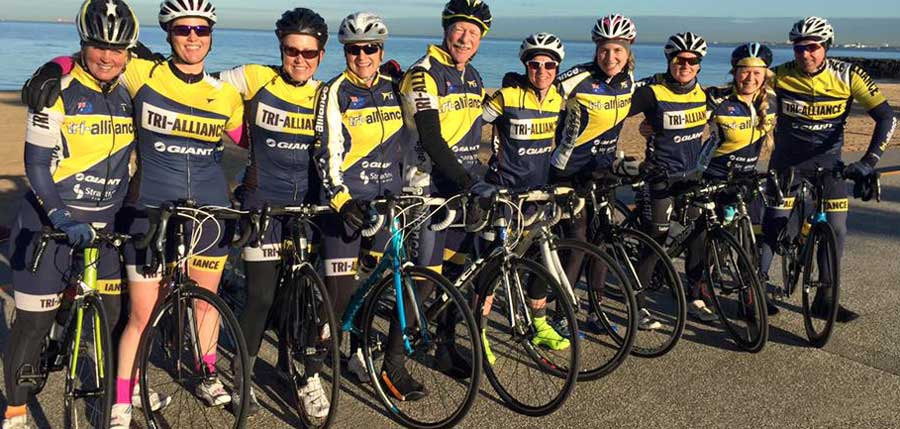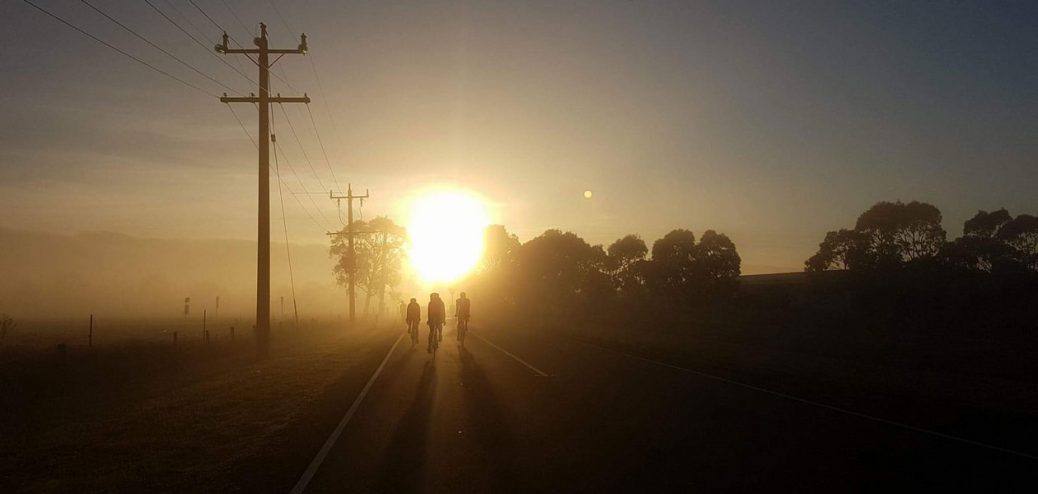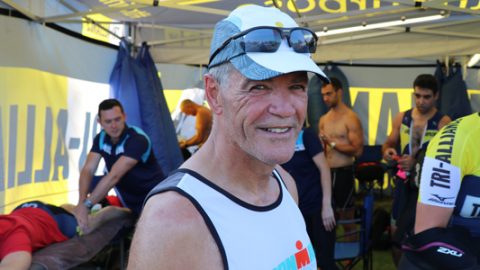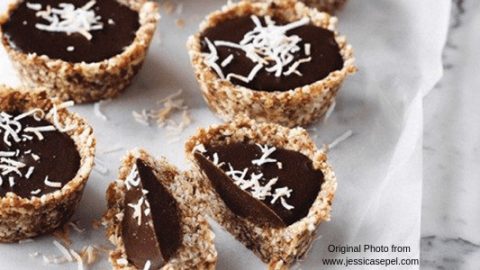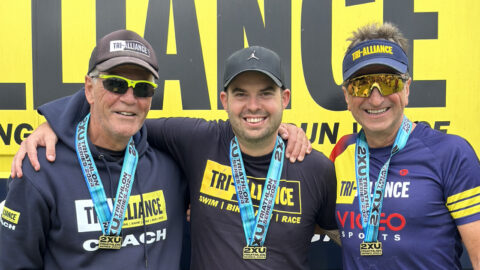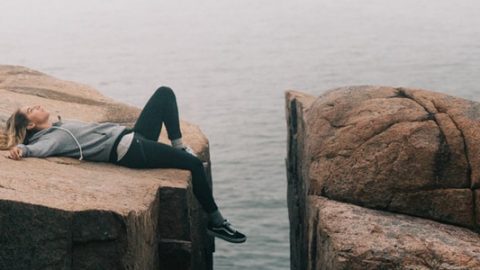“There’s no such thing as bad weather – just bad clothing choices.”
When you’re riding on a cold, wet and windy day, you want to be as warm and as comfortable as you can. This is a guide for those new to Winter riding, to help you avoid learning from a very cold and miserable experience of your own!
HEAD
- Head Band – Not just for keeping hair off your face, a head band is a great way to keep your ears warm and the noise of the howling wind out. Head bands are my preference. They can be found in cooler or thermal materials and often have tiny holes near the ears so you can still hear the rider next to you. Athletes like them because the hot air can escape from the top of your head.
- Scull Cap – Like a beanie for riding, these are great to keep your whole head warm, and also come in a range of materials to suit any climate.
- Head Scarf – Now these are a cool idea. There are many different types but some can be worn on the head, around the neck and are great to pull up over your mouth and nose to avoid popsicles on the dreaded descent.
- Sunglasses – Are not just for the sun! Most cyclists will have sunglasses with interchangeable lenses. This is not so you can dress to match your mood. Eye wear is an important safety issue, protecting your eyes from the sun, UV and flying bugs and debris. A cyclist must be able to see at all times! There are a wide range of coloured lenses for different conditions, but in Winter as a bare minimum it is advisable to have a pair of clear or orange lenses. These will allow you to see on a dark morning and the orange ones can protect your eyes from the sunrise.

BODY: It’s all about layers!
Base Layer One:
- Riding tee/singlet– Look for a singlet or short sleeve tee and ensure it is made of good quality moisture (sweat) wicking material to keep you dry.
- Good old thermal top– For the coldest of cold days, get out your trusty thermals, which you can purchase from ski stores during sale time. Good quality thermals are moisture wicking and temp controlled.
Second Base Layer:
- Short sleeve cycling jersey– Preferably flying your team colours, not just to keep them in business but to keep unwanted, inexperienced guests out of your peloton.
- Arm/Leg Warmers– Layers, layers, layers. These are available in different materials of varying warmth and are easy to pull down to your wrists when you’re overheating and straight back up again when you cool down.
And/or - Long sleeve fleecy cycling jersey– Often athletes go for both – again, your team jersey is best. No need for arm warmers with this option (personal experience here – it’s difficult to get under your jersey to pull them down = hot hot hot)
Top Layer:
- Wind vest– There are different kinds on offer. A good option are vests made with wind stopper material at the front and mesh at the back to let hot air escape. You might prefer to keep the rain out at the back and go for a full wind stopper.
- Spray Jacket– A full sleeve option of the above with varying levels of rain protection. Be mindful in heavy rain you will eventually get wet. Some people avoid these jackets as they find they act as a sauna, trapping hot air and causing a shower on the inside. Once you’re wet you can’t take it off!
HANDS
- Inner Gloves – Again, the trusty ski shop sales come in handy here, or your local bike shop will also have a great range. Often a nice thin, full-fingered glove is preferred, made from Merino wool. Otherwise, simply choose a synthetic glove to ensure moisture wicking and quick drying.
- Outer Glove-The best MOFO winter cycling or skiing gloves you can get your hands on. A must have when selecting these is sufficient grip on the fingers, feel and movement as you must be able to break safely.
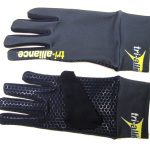
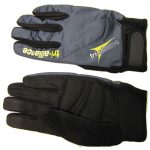
LEGS
- Cycling Knicks – either long or short. We at Tri-Alliance are avid double knickers! Choose a good quality pair of Knicks to protect your bits. If short, then add full length fleecy leggings with a side zip. The zipper is a great way to increase airflow if you heat up.
- A second pair of cycling Knicks– preferably flying team colours, so the Tri Alliance kit is perfect here!!
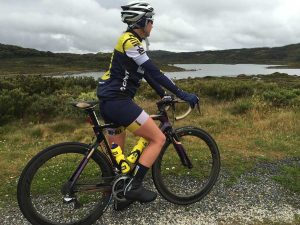
FEET
- Socks– A very good pair of hiking or thick 6inch cycling socks – to keep your toots toastie warm.
- Cycling Shoes– Obviously (!)
- Toe Covers– A great accessory to keep the cold air off your toes and great for cold weather racing, but for rainy cold days you cannot go past…..
- Full neoprene booties– these beauties are our number one pick for the winter cycling wardrobe. Good quality neoprene booties keep the wind out and your feet dry, no ice blocks here.
SUMMARY
So that’s a lot of gear and you can wear some or (like me) often all of it. The key is LAYERS. Even on the coldest day, you will heat up as you grind up the hills and then become freezing cold as the wind slices through you on the descents or you hit a gully where it appears all the cold air was hiding and waiting to slap you almost off your bike.
3 FINAL TIPS:
- Use a lovely scented fabric softener in your Tri gear wash to keep the stinky sweat aromas at bay.
- What comes off must go somewhere? In winter, a Bento box is recommended for your food and phone as well as a bag under saddle for your tyre changing gear and spares. Do this and your cycling jersey can be used to stuff in your spare layers.
- Choose high visibility wherever possible to keep you safe from motorists.
Happy Safe Winter riding!!
